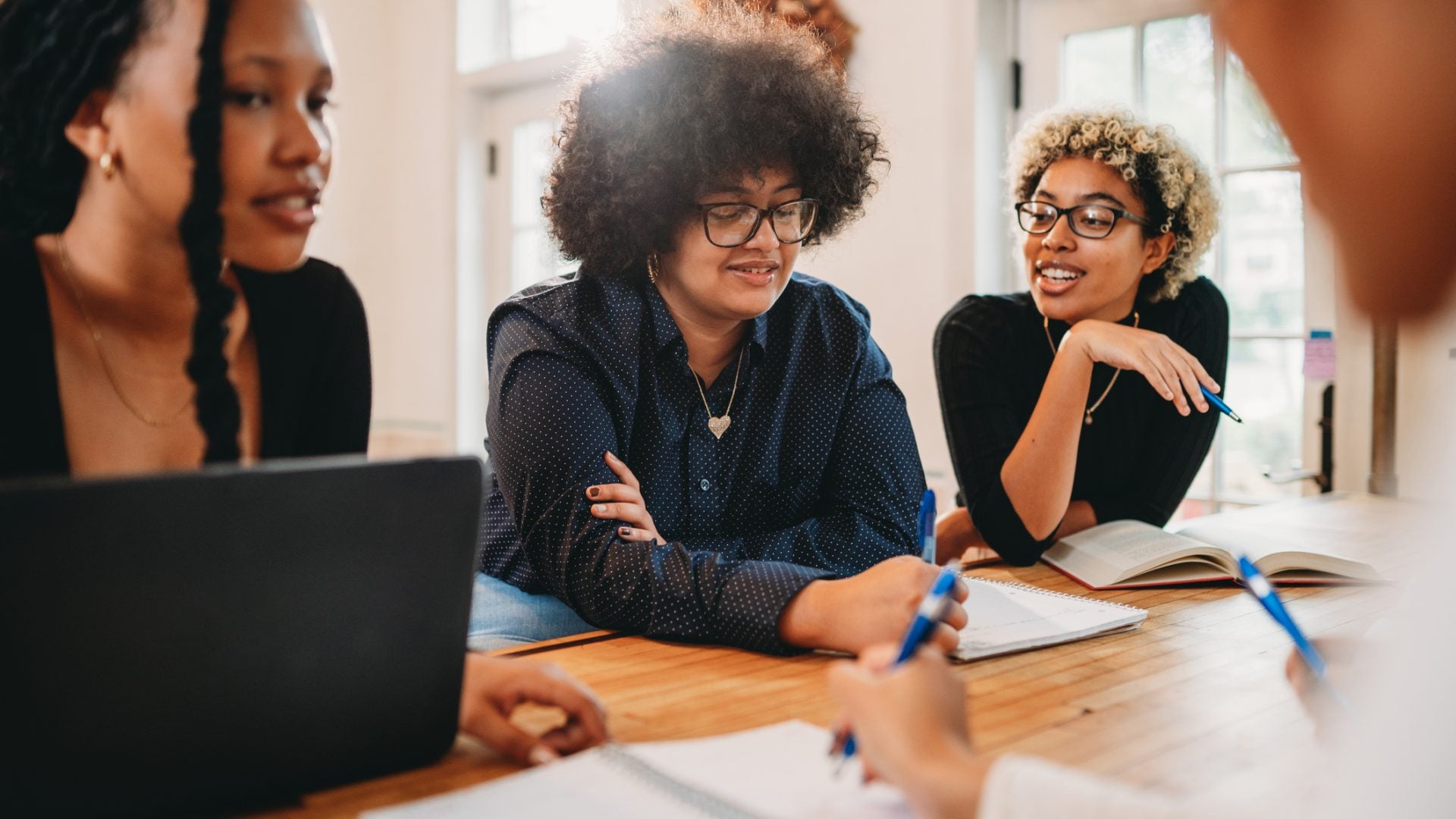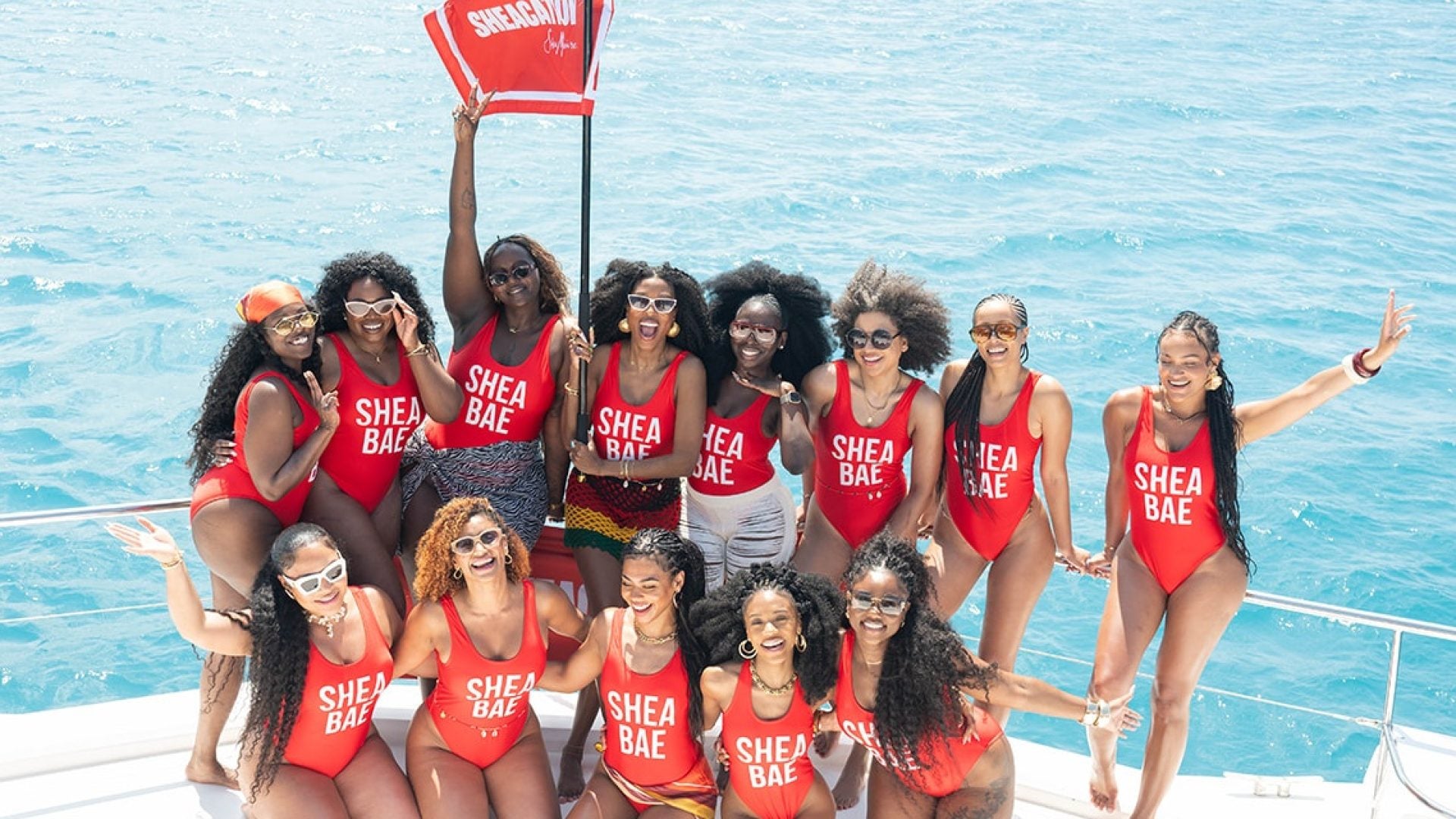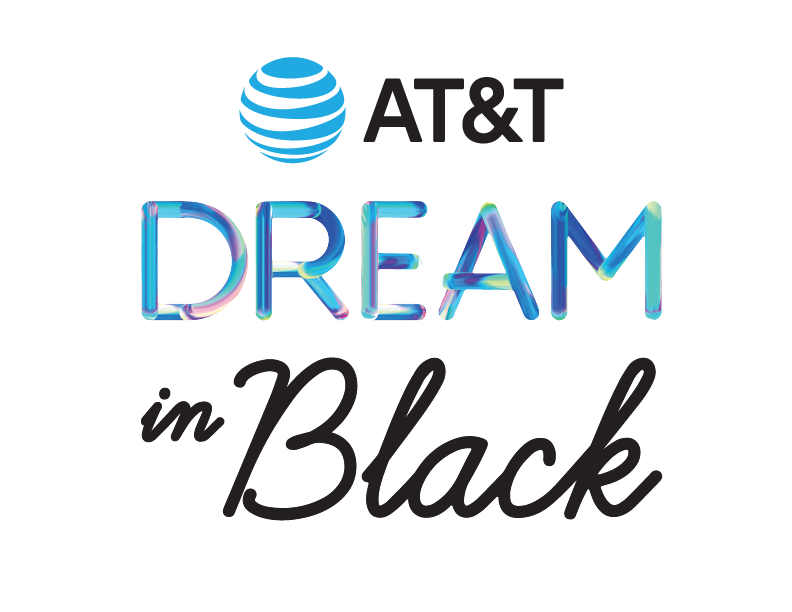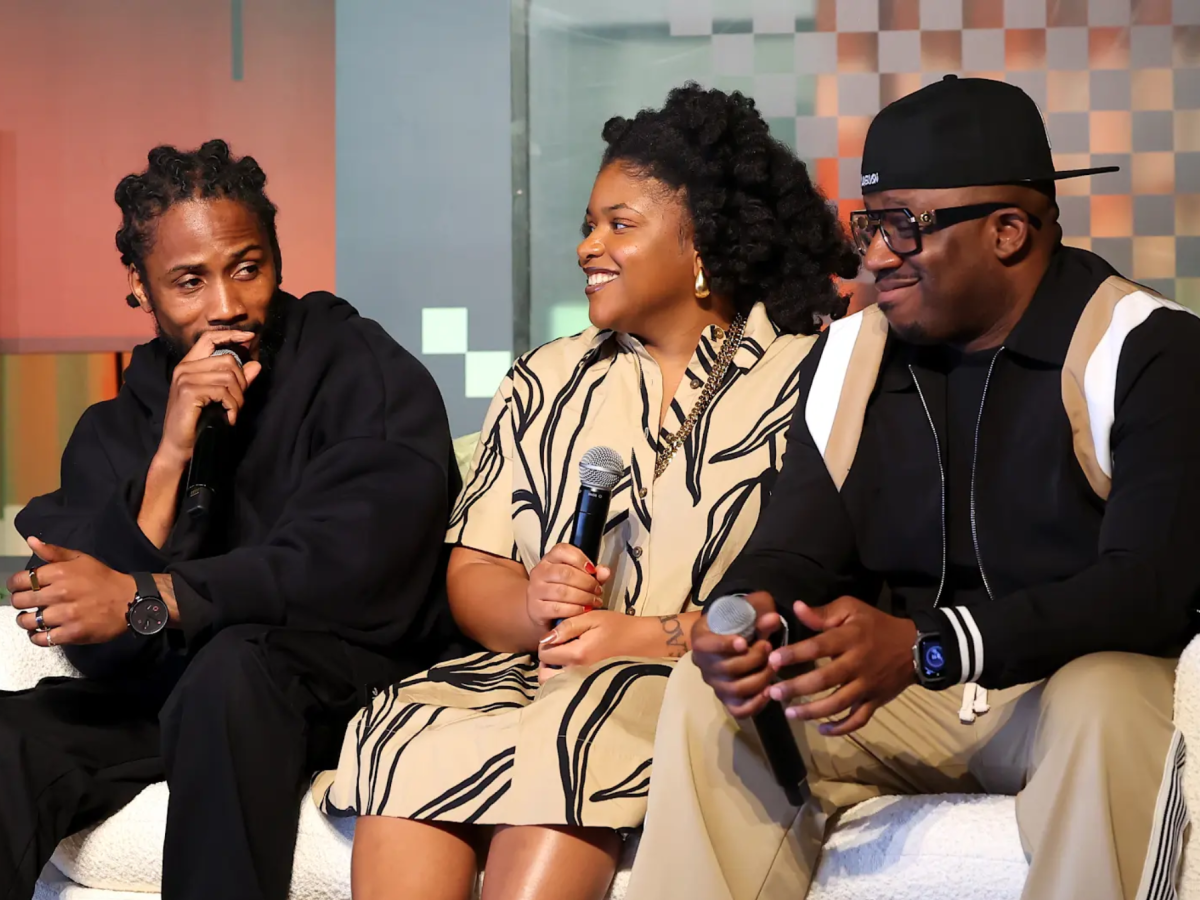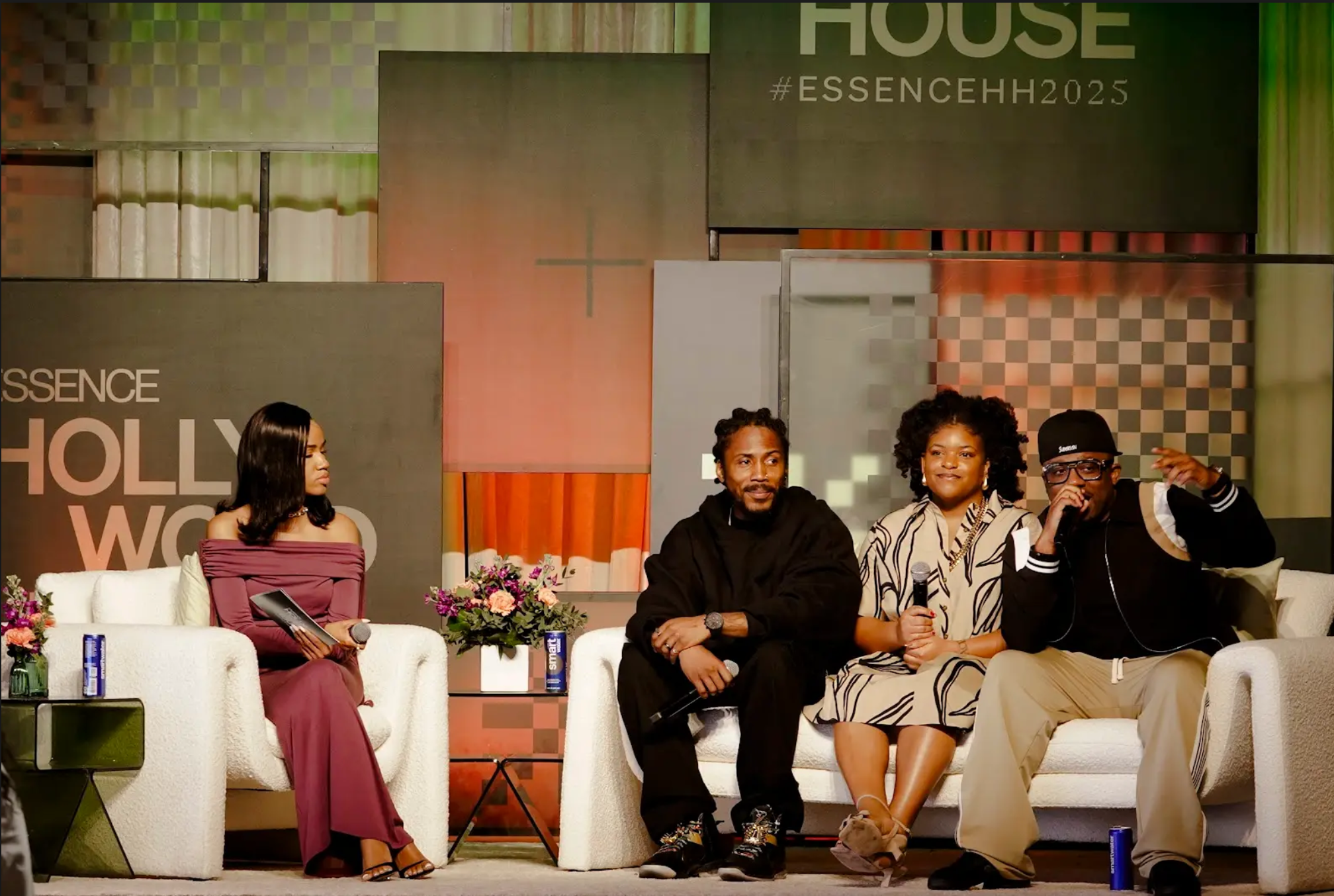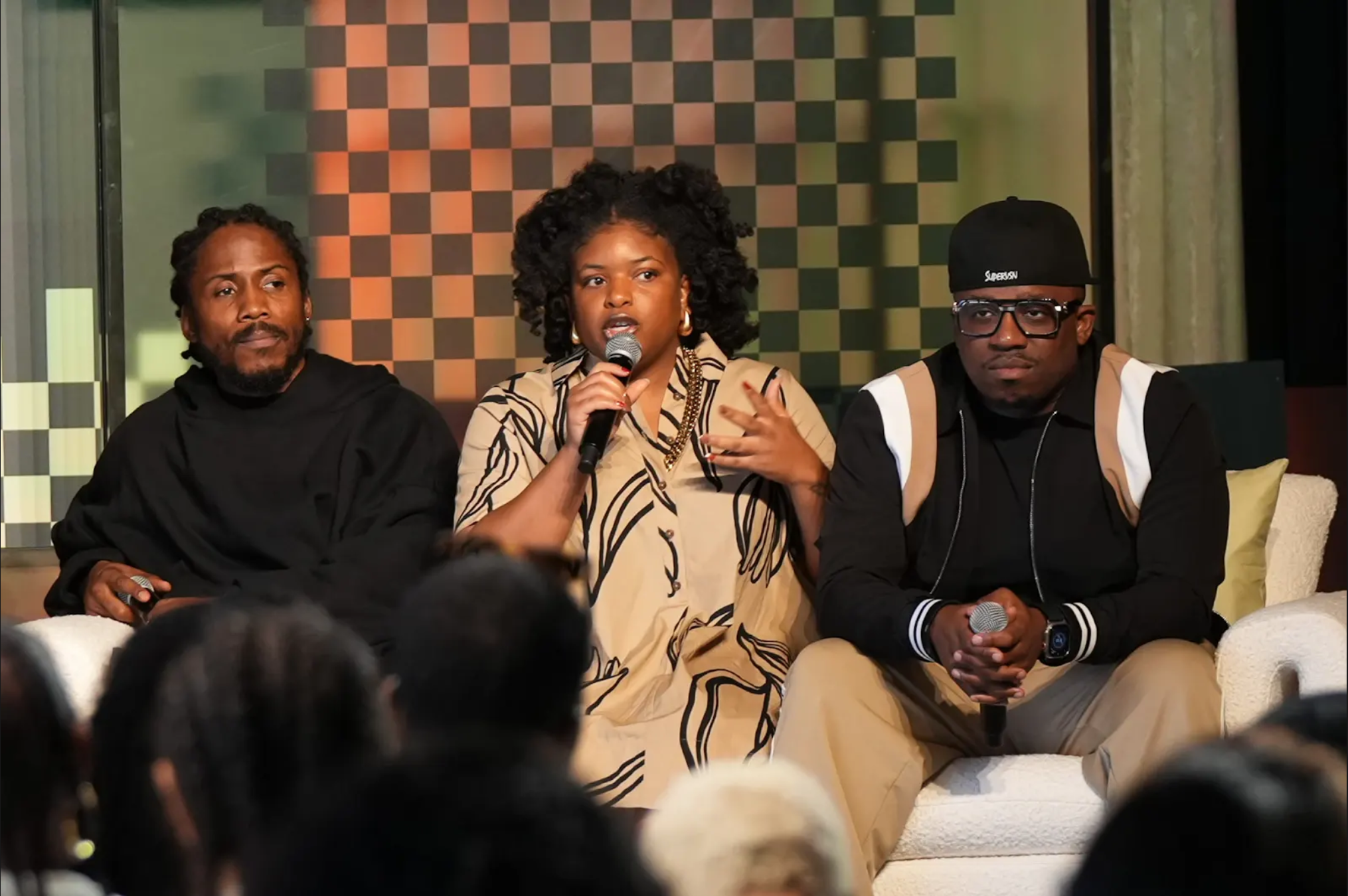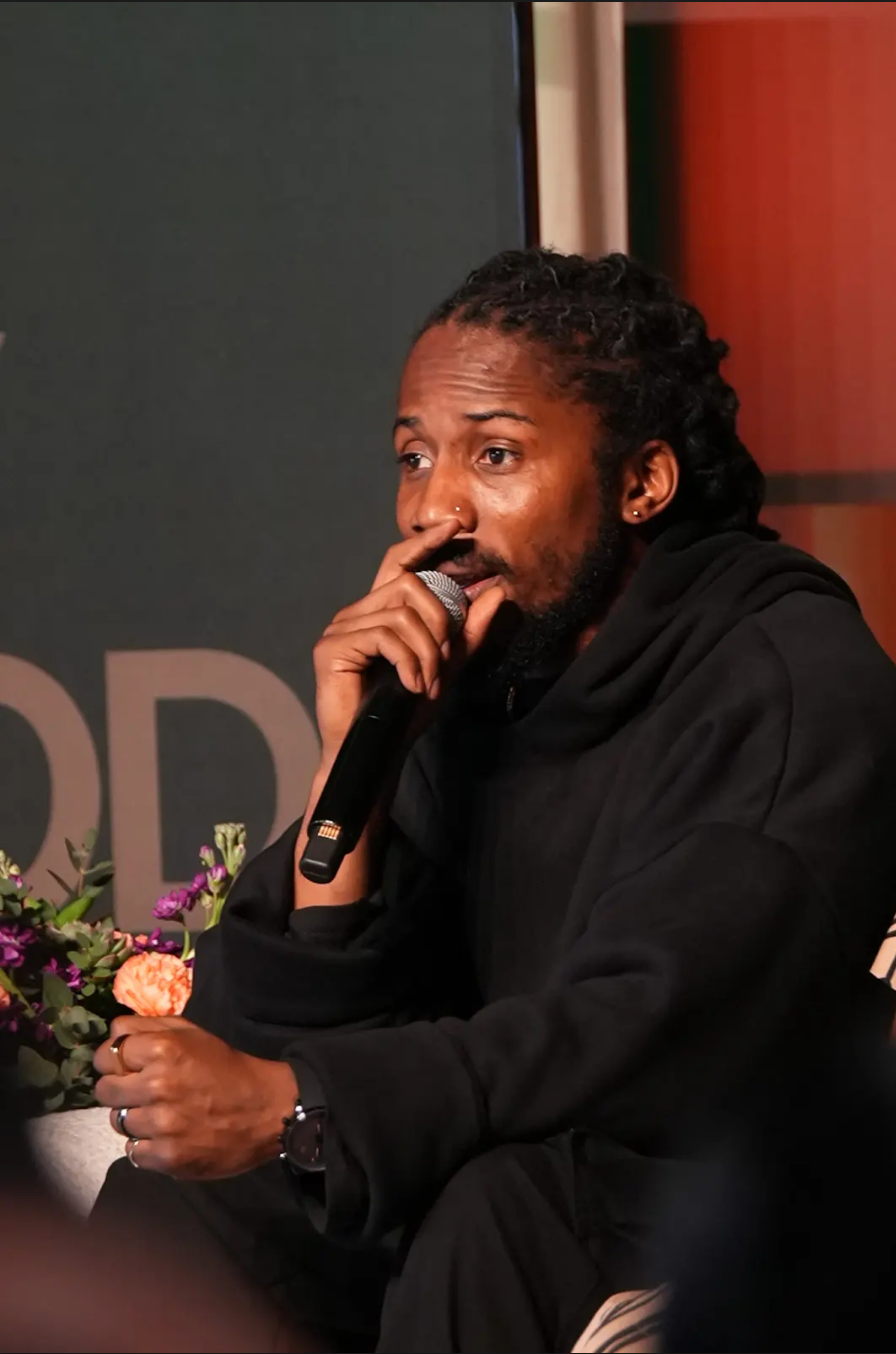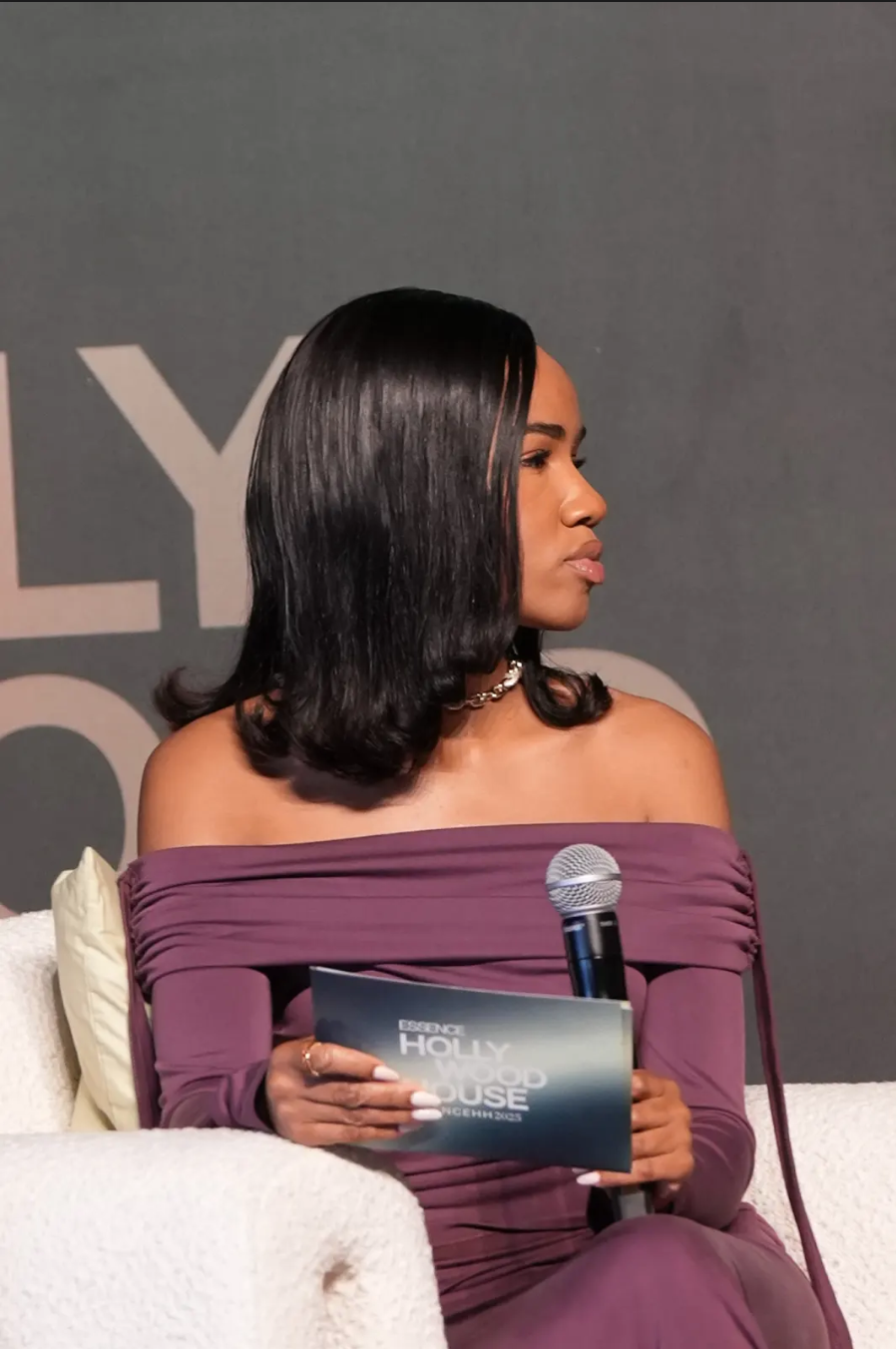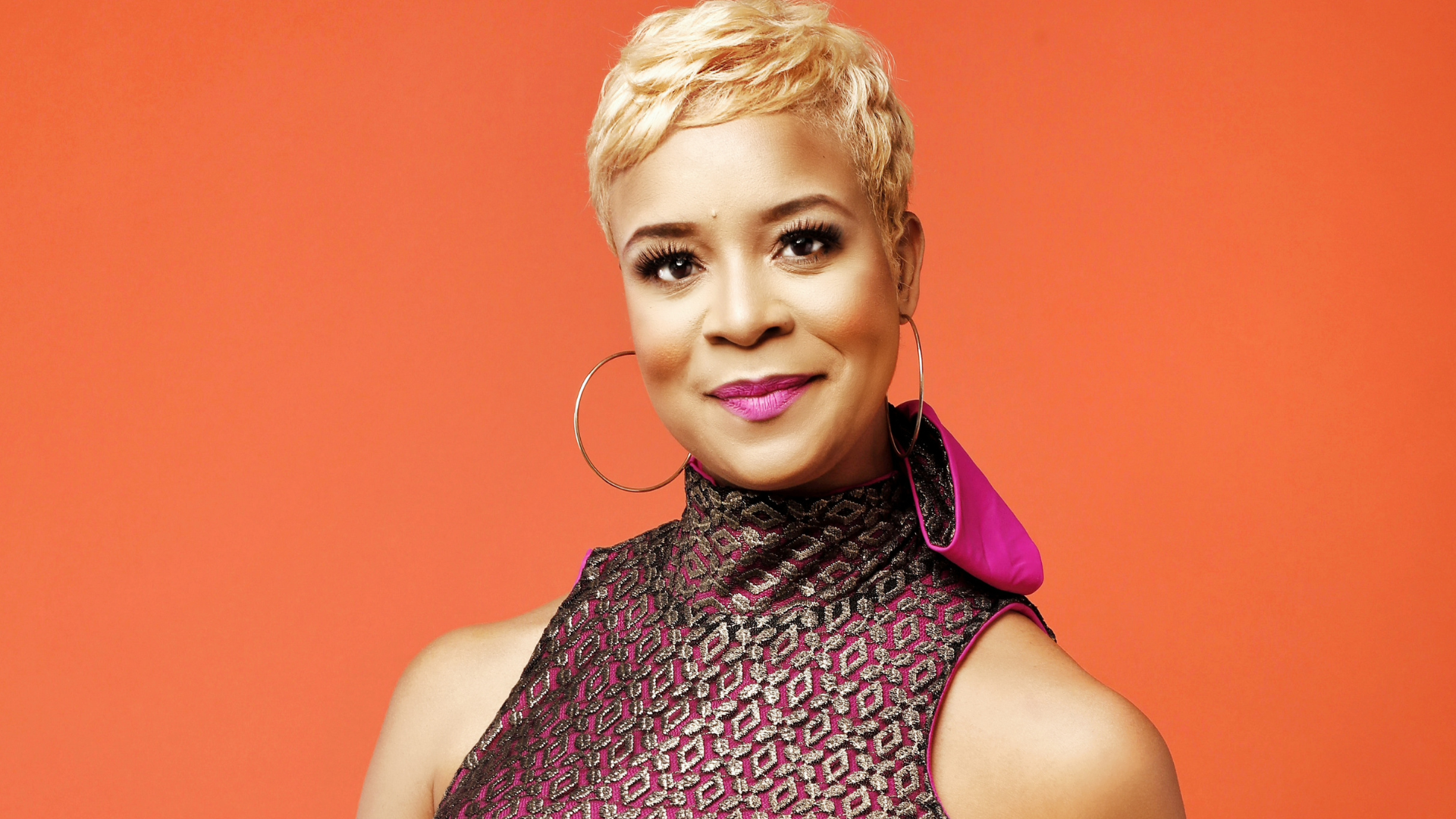
You have to be at an event that Brandice Daniel is hosting to take in her knack for making marginalized people feel seen. Since 2007, Daniel has been pouring into Harlem’s Fashion Row, her platform that pours into emerging and established Black designers. Each of her events, whether their retreats or award ceremonies emit an energy that’s not just exciting, but communal. Just last year at the Apollo Theater, she honored Gabriella Karefa-Johnson at the HFR Fashion Show & Style Awards for her work as an editor and image architect. This serves as an example of Daniel and her desire to pay homage to her peers and individuals who make up in the global fashion industry.
For her latest venture, Daniel recently launched Fashion In Color, a podcast that highlights Black creatives. Over a Zoom call, she says she came up with the idea to launch her show after releasing a book of the same name that highlighted Black designers in 2023. Daniel notes here that the last book that was written that paralleled the distinct creators she’s committed to was Blacks in the History of Fashion by Lois K. Alexander-Lane in 1982. “We were thinking about how to bring this book to life, [and] we thought the book is one way to preserve the stories,” she said. “But then also having a physical show and a podcast that records these stories will get people to hear and understand the journeys of these stylists, creatives, and designers in fashion was important,” Daniel adds.
On her show, which also airs episodes on YouTube, Daniel speaks with artists who often aren’t interviewed like stylist Jason Rembert and designer Maxwell Osborne. And this is what makes Fashion In Color so interesting: it offers a way for those who need a word of encouragement or perhaps a roadmap to success to listen, even as they’re on the go. The show is continuing the legacy and history of oration in a conversational style that is effective and needed.
Before the new year, we spoke with Brandice Daniel about her hopes for her Fashion In Color show, diversity in fashion, and more.
Why did you decide to launch a podcast?
There is so much work to be done around really framing our stories [and] telling our stories. They’re just not told. No one knows how Jason Rembert got started and that Wouri Vice was the stylist who gave him his very first styling opportunity. And then to have Wouri come on the next episode and tell his story of how he got started and how it was a call from Alicia Keys that got his first opening, they are so important. Because this next generation sees these people in these roles and in these positions, but there is no recording of how they got there, what was the journey?
And so, we’re excited. I really see this being our next big platform. We are committed to growing this platform the same way we did with Harlem’s Fashion Row. We have to, I have to remind myself often that every time you launch something new, you have to start from the ground and you take it up.
I think it’s incredibly important too not just the name-dropping, but their background, where they’re from and how that influences who they’ve become.
[The] number one goal is to preserve these stories and really bring this book to life, the other piece of it is let’s inspire people. And these stories inspire me, me sitting there, interviewing them, listening to their stories. And I know them, most of them that I’ve interviewed, but still, I’m like, “Wait, what?” So it was really fun to record season one. We’re getting ready for season two and recording that one coming up soon.
When launching Fashion In Color were there any other things beyond wanting to get those background stories of some of these faces that are not quite household names?
I wanted to bring up entrepreneurship as well. That was something that I weaved through every one of those episodes. What’s worked, what’s not worked? I think, again, as an entrepreneur myself, there [are] so many ups and downs, and trials and challenges that we don’t talk about enough, and so I try to touch on entrepreneurship as well in every one of the episodes.
Are there any moments from season one that you feel have stood out so far?
Listening to Maxwell Osborne talk about how his brand got started. He never intended on launching an Only Child, and hearing how that was launched, [where] he did his show at, I think his aunt’s home, the very first one. It was during COVID, and to hear how something so major gets started, so grassroots, that was incredible. We also have Shawn Pean, from June79, who’s coming out very soon.
Shawn was a boss working for Balmain, doing all these incredible things in fashion, holding these top, top, top roles that, quite frankly, I didn’t even know a Black man held in fashion. But to hear his story and that pivot to starting his own brand through his brother’s encouragement, again, that was another moment on how sometimes you just got to bet on yourself, even when things look great and you’ve got this great role. The way he bet on himself was super inspirational to me.
And then Aaron Potts, and I didn’t realize how many brands he had already worked for. And he is like, his story is a story of so many designers who’ve done their bids at so many different big design houses, but never really got the full recognition that they deserved. And so they were just like, “I’m just going to do my own thing.” But I was surprised and inspired by just his background and what he’s already achieved. He’s so brilliant.
In the past you’ve done work with students from historically Black colleges and universities, will that continue this year?
They’re tapped into everything that we do. We have a Black History Month event that’s going to happen on February 15th. We’re calling that HFR Live, and it’ll be our first time. Most of the conversations will either be on LinkedIn Live or they’ll go into our Fashion In Color show as live recordings, and so we’re tapping into HBCUs for that. We’ve also got an HBCU Professor Summit that we did earlier this year. We’ll be repeating that next year as well.
We’ve got, I think, four HBCU partnerships right now with brands. So we’ve got Levi’s and Clark, Tiffany & Co., and North Carolina A&T University. We’ve got AEO and North Carolina Central University. We’ve got Tapestry and Bowie University. And Saks Fifth Avenue actually did something with Texas Southern University. And so, we’ll be continuing, most of those partnerships will move forward to 2024 as well. We’re already thinking about how do we include more HBCU students in our September event, which we’re really excited about, to show their talent there.






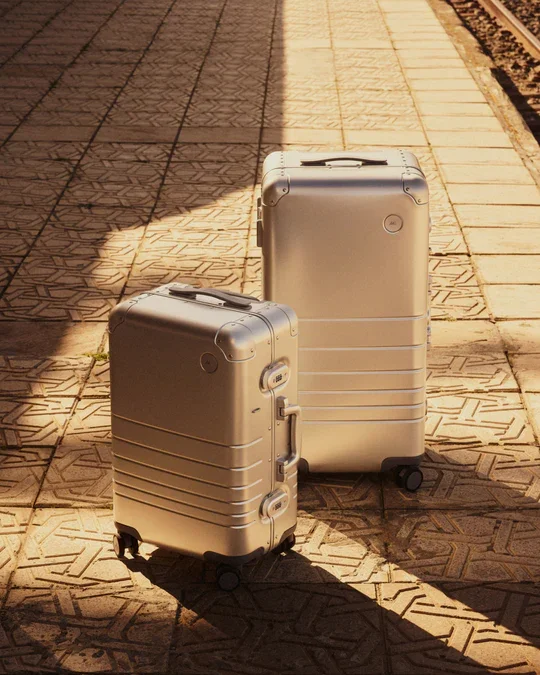
Were there any additional moments from 2023 that you’re particularly proud of?
We launched our Peanuts collaboration, and that was probably one of my favorite moments [in 2023], because Franklin got so much love. Tier was the designer who took that project on and just did an incredible job. So that was definitely a moment. The Abercrombie collaboration that we [worked on], that’s actually still in stores now, but that launched a couple of months ago. That was a really special moment for both us and Nicole Benefield. We had been working on that for quite a while.
We [also] launched a mentorship [program] with Saks Fifth Avenue and designers, and we were expecting maybe 20 to 25 designers to show up. We had over 50 designers show up. That was huge, because Saks has an accelerated program, and so the designers were able to actually literally meet with the Saks Fifth Avenue executives to find out what they need to do to be sold in-store and how they could get prepared.

